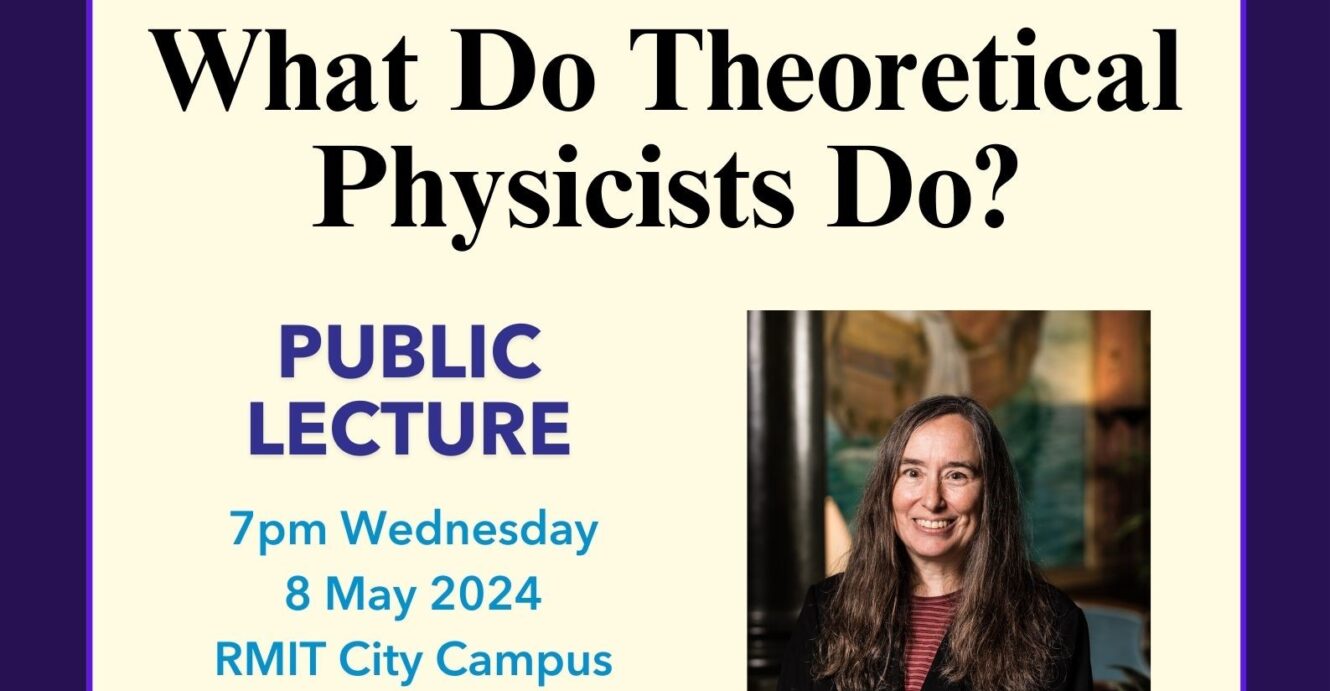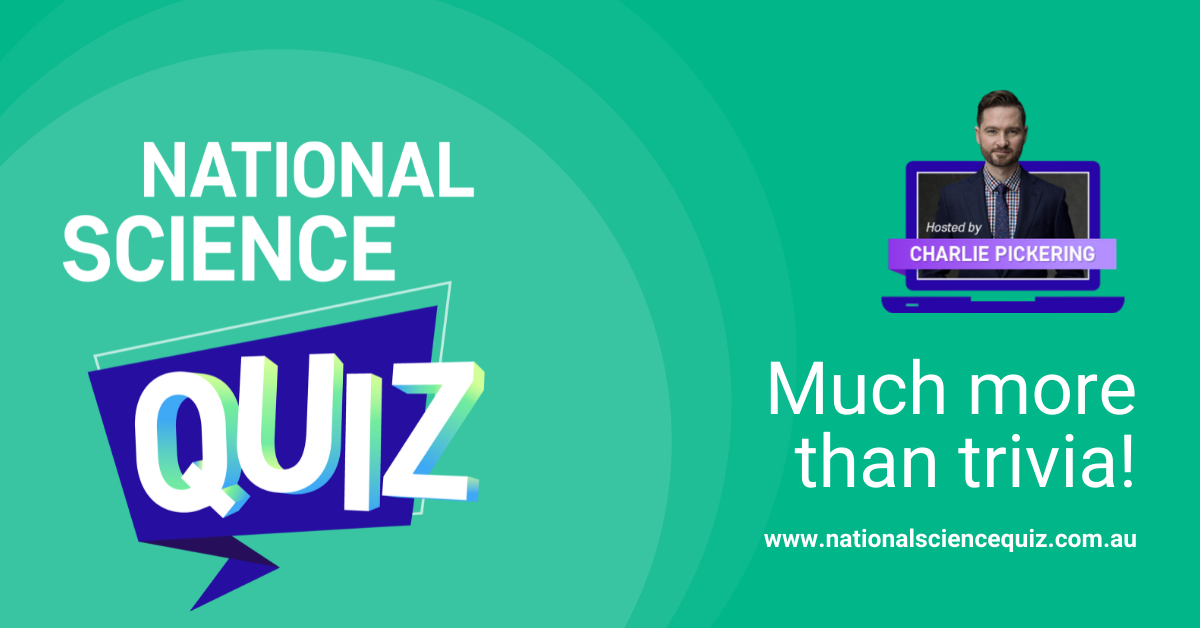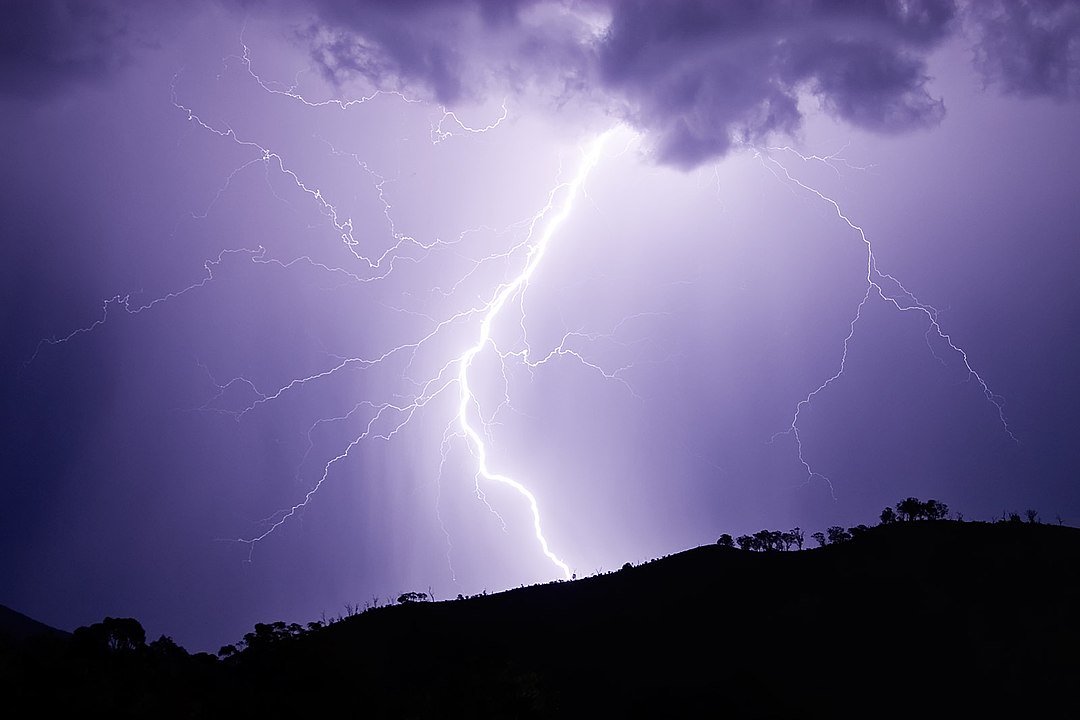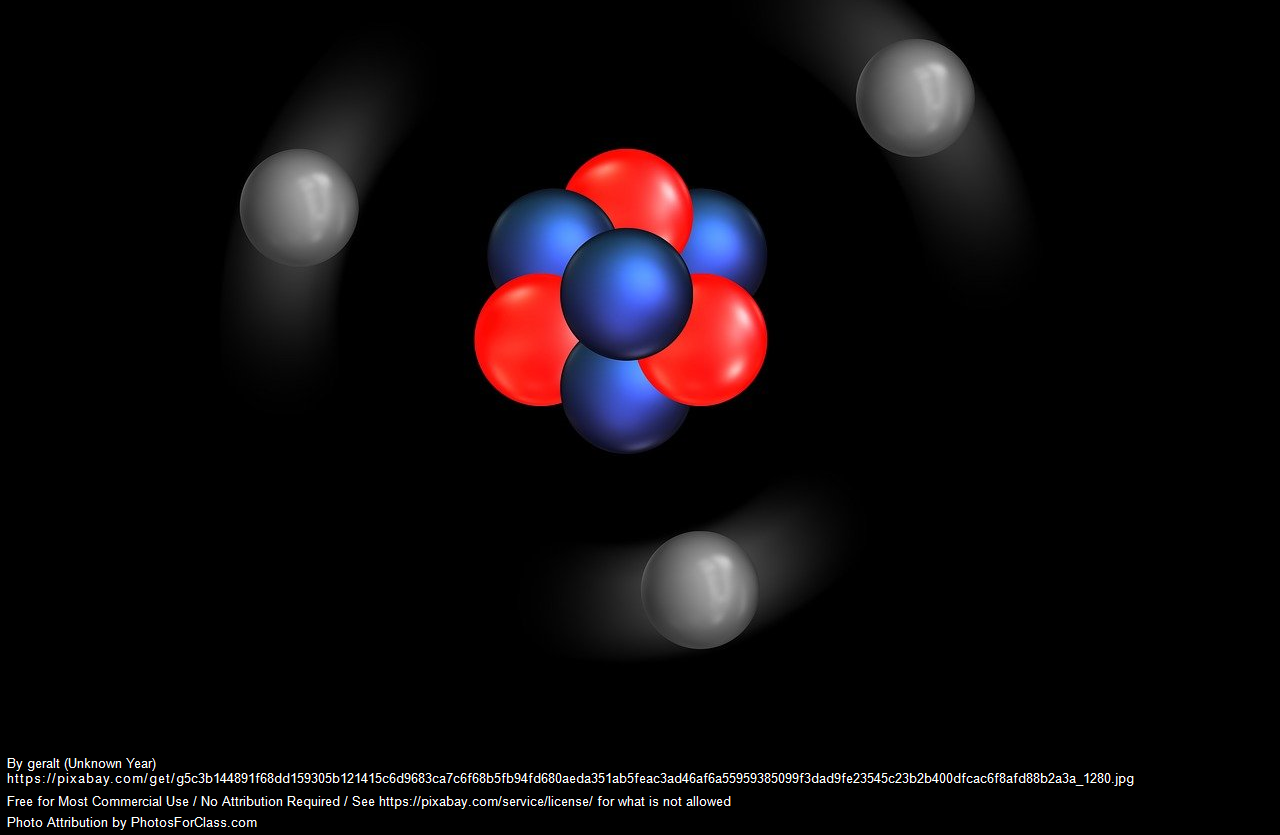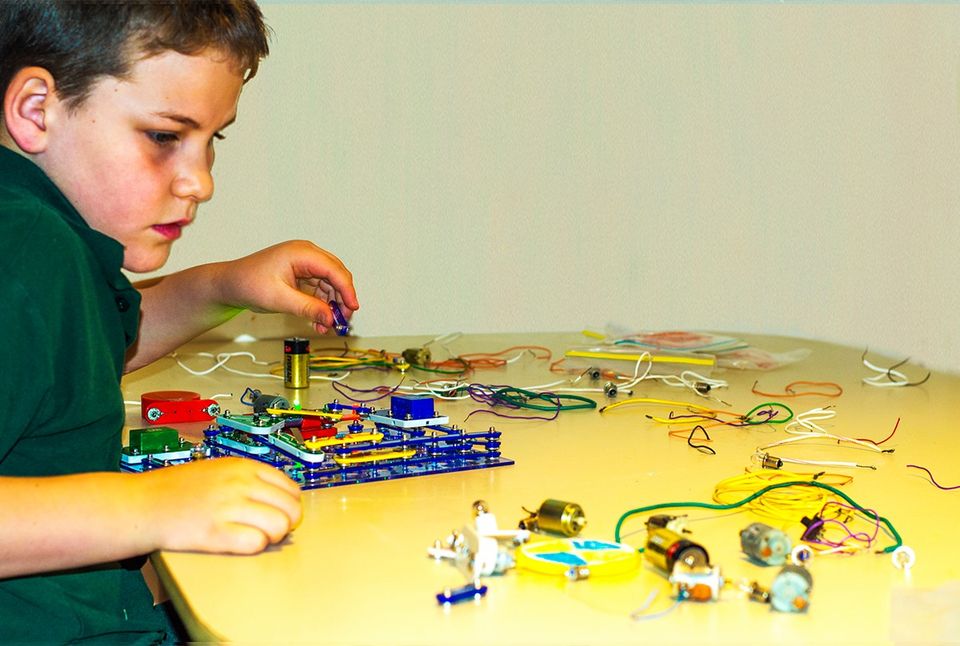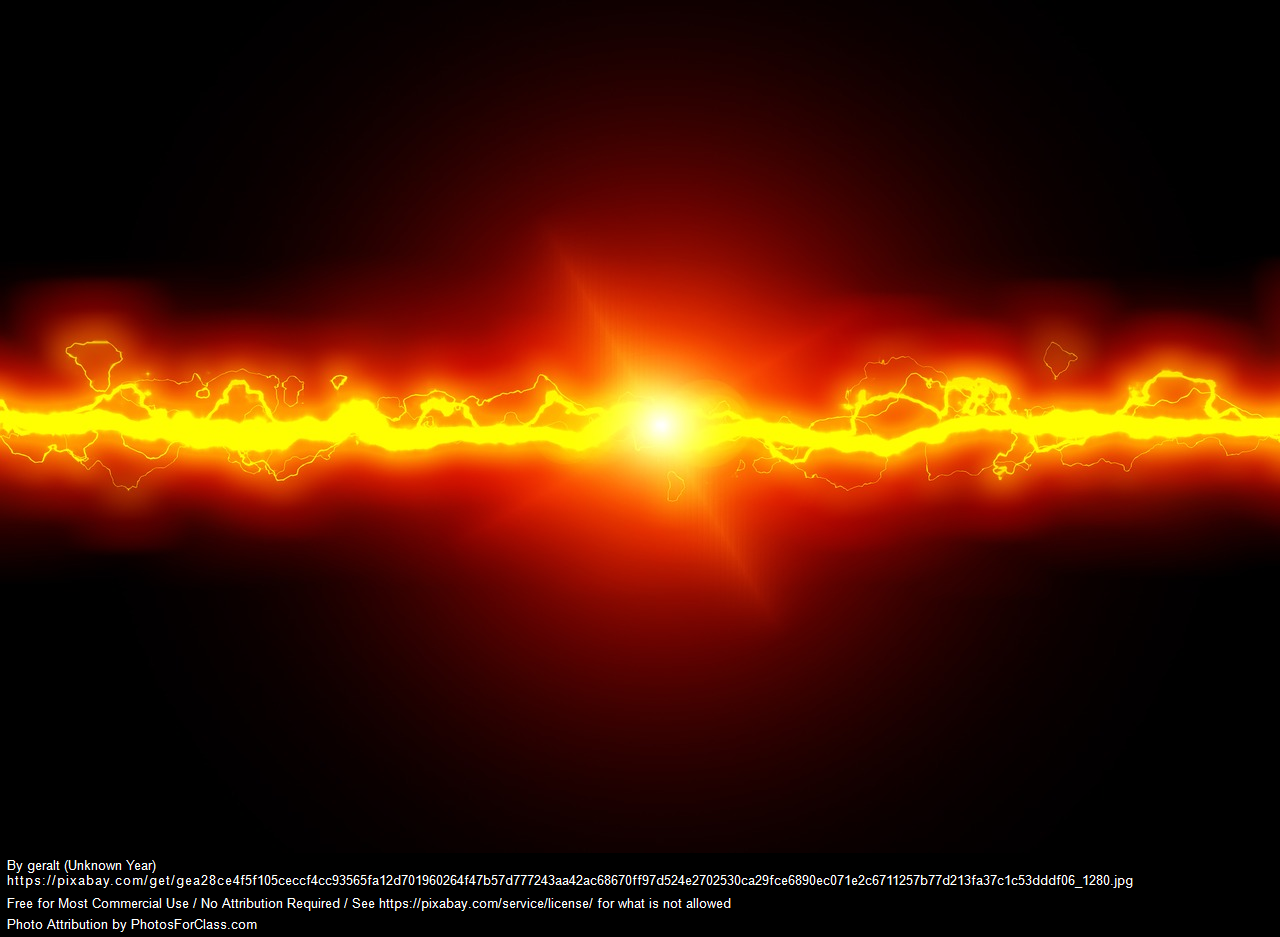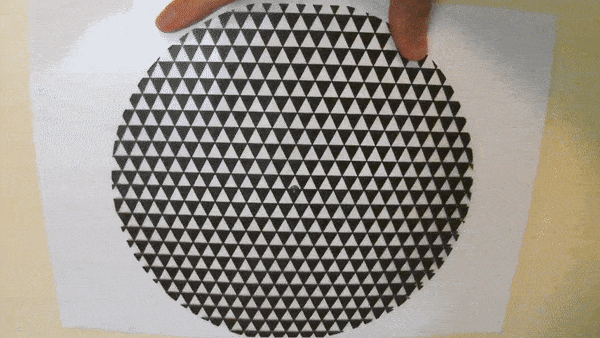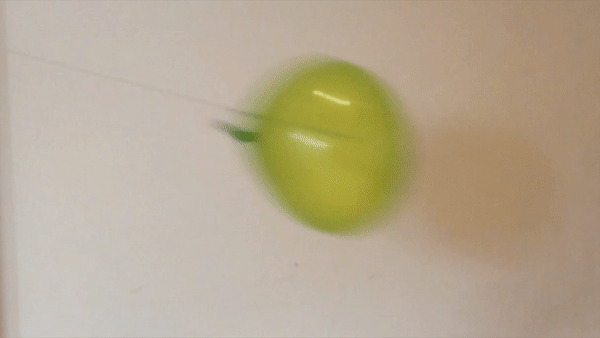-
8 May 2024
7:00 pm - 8:30 pm
The AIP is delighted to announce that FLEET’s Professor Susan Coppersmith FAA FAIP, a theoretical physicist at UNSW Sydney, will tour Australia this year as the AIP’s 2024 Women in Physics Lecturer. Susan with present a public lecture in Melbourne as part of her tour See details online Venue: RMIT City Campus, Building 80, Level 2, Room Read More

